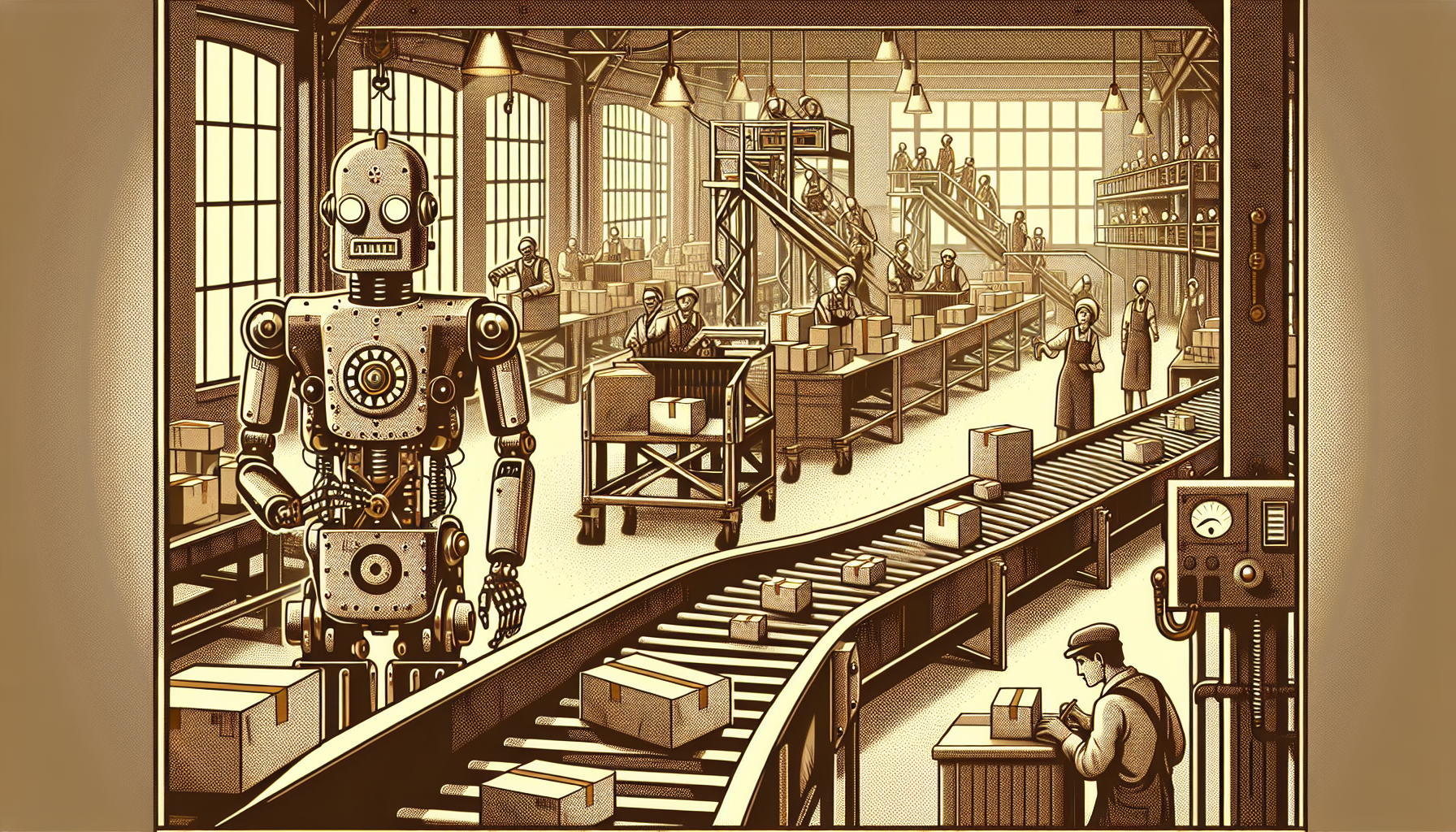In the world of logistics, something remarkable is taking shape. United Parcel Service (UPS), one of the most respected names in package delivery, has turned its gaze toward a new frontier: humanoid robotics. For months, UPS has been quietly talking with Figure AI, an innovative robotics company, about bringing human-like robots into its operations. This is not just a story about technology—it’s about the future of work, precision, and possibility.
Figure AI: The Makers of Modern Robots
Figure AI is quickly becoming a leader in creating robots that closely resemble the abilities of humans. These are not simple machines; they are designed to move, grasp, and interact with their environment with stunning coordination. In a recent video, Figure AI demonstrated one of their robots standing next to a busy conveyor belt, skillfully sorting small packages. This moment was more than a demonstration—it was a glimpse of how robotics can blend seamlessly into everyday work.
These robots are built for tough, repetitive, and often delicate jobs. They can pick items from a moving belt, recognize and sort parcels, and adjust their movements based on what’s in front of them. Their value lies in their versatility, offering the potential to tackle tasks that, until now, required a human touch.
UPS’s Continued Drive for Innovation
UPS has always been at the forefront of change in logistics. The company already uses a range of automated tools, including robotic arms and software powered by artificial intelligence. These technologies have boosted efficiency and accuracy in their massive distribution centers. But humanoid robots stand to raise the bar even higher.
What makes this potential partnership unique is what humanoid robots can bring: adaptability and intelligence. Unlike fixed machines, they can move around the workspace, handle objects of different sizes, and switch between tasks with ease. While neither company has revealed exactly what jobs these robots would do, it’s clear they are aiming for roles that need both care and flexibility—qualities that traditional machinery sometimes lacks.
Investment and Ambition
Behind the scenes, Figure AI is gaining attention from investors. There are reports that the company is seeking $1.5 billion in new funding, aiming for a bold valuation of nearly $40 billion. Earlier rounds of investment, totaling hundreds of millions of dollars, show deep belief in Figure AI’s technology and its place in the next wave of industry automation.
Strong financial backing is more than just numbers. It means Figure AI has the resources to refine its robots, scale production, and bring these advanced machines to workplaces around the world.
Progress and Remaining Questions
Moving from promise to practice is never simple. With so much excitement building, there are also important questions. How well will these humanoid robots work alongside people on UPS’s fast-paced sorting lines? What roles will they be trusted with? In recent months, similar questions have arisen regarding Figure AI’s other partnerships, such as with the carmaker BMW. The next chapter will depend on real-world tests and demonstrations, showing not just what is possible, but what truly works.
Looking Ahead
If UPS and Figure AI succeed together, the impact could ripple far beyond a single company. In an era where speed, efficiency, and reliability matter more than ever, these robots could become essential partners in delivering what the world needs.
For now, details of the partnership remain closely guarded. But the path is clear: as UPS continues to seek new ways to innovate, and as Figure AI pushes the limits of robotics, their collaboration holds the promise of reshaping the way packages move from sender to doorstep. The age of humanoid robots in logistics may soon arrive—not as a distant dream, but as part of the everyday work that keeps the world connected.

Leave a Reply